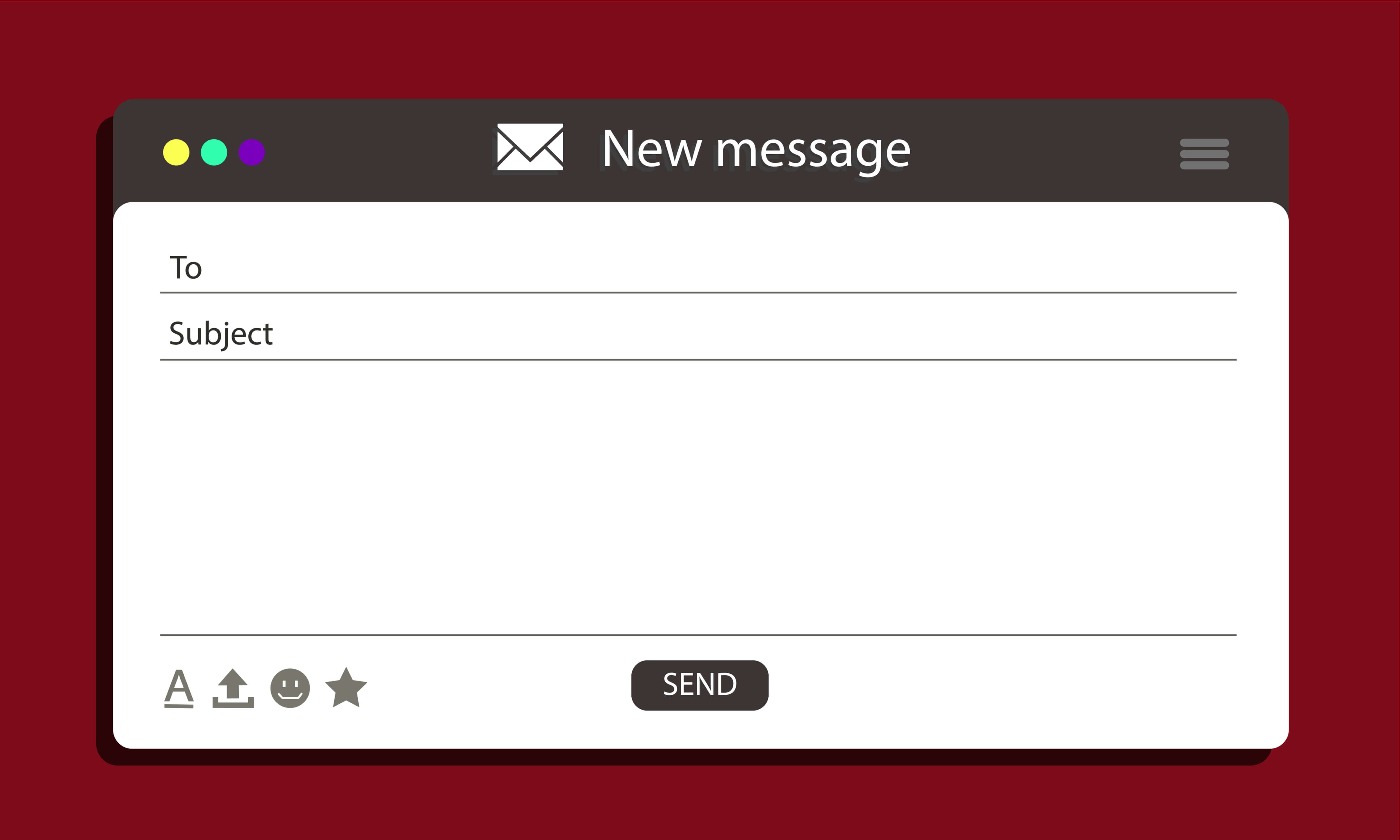Want a heads up when a new story drops? Subscribe here.

With so many social media platforms, news feeds, aggregation sites, and deadlines, it may be challenging to figure out what constitutes a successful pitch in the current media landscape. Getting your message read by a journalist or blogger means standing out in a sea of noise. But delivering your message to the intended recipient is just half of the struggle if you’re trying to get media coverage on what you have to offer.
Is there a way to make yourself stand out without resorting to tricks? It isn’t easy to acquire coverage even if the journalist likes your pitch. Let’s look at a few tried-and-true tactics backed by journalists, bloggers, and other key opinion leaders in the media.

One of the most frustrating truths about getting the attention of the average journalist is that most of them work under tight constraints, like facing constant deadlines and receiving hundreds of pitches every day. As a result, the vast majority of them are deleted or ignored.
It’s safe to say just because you believe something is essential doesn’t mean that the journalist will consider it newsworthy. On the other hand, the good news is that journalists need decent stories.
So, you may wonder, what can you do to get a journalist to notice you? In today’s article, you will learn about ten best practices and ways to get a journalist to write about you, your business, or your products.
Let’s begin!

Table of Contents
1. Come Up With Something Truly Intriguing
The average journalist receives at least a few hundred emails a day. So you’ll need to find a different approach to catch their attention. Consider your story – it should be both exciting and relevant to the journalist or publication you pitch.
Some unjustifiably believe journalists don’t want to be bothered. The truth is that they can get fascinated by your story, but only if you have an intriguing subject line backed up by some solid information.
2. Use Email for Your Pitch
A non-intrusive way to contact a journalist would be via email. Most of them are known not to like phone calls. An essential tip: don’t call them after sending them an email to which they didn’t respond.
Research says most journalists prefer email communication because it keeps all pitches in one organized place instead of all over the place on various platforms.

3. Keep Your Message Brief and Concise
Let’s admit it – journalists are busy people. They most likely won’t have the time to read your whole life story or a long wall of text. A few sentences are acceptable. If reporters require additional information, they will inquire.
Тo summarize:
What to Do
- Briefly express your idea;
- Write an introductory paragraph;
- Add a few key bullet points and a call to action;
- Include links to extra information where necessary.
What Not to Do
- Don’t start with a history of your organization;
- Don’t write your whole life story;
- Don’t write an entire page of text.
4. Personalize Your Pitch
Find a journalist who writes about your industry regularly. If you are aware of their interests, and the type of media coverage they are in, you will have a much better chance of capturing their attention. Also, make sure to include their name in your pitch. Don’t just send the same email to numerous different journalists. If you and the journalist have something in common, don’t be afraid to bring it up, but make sure it’s genuine.
If you’re not sure whom to contact, use Google to find journalists who cover the same or a similar topic to the one you’re bringing up in your pitch. To do so, consider the following:
- What do they care about?
- What kinds of stories do they cover?
- What topics do they seem to be interested in?
Don’t forget to research the journalist you’re pitching thoroughly. Consider checking out their media coverage and possibly following them on social media.

5. Be Receptive and Respond Swiftly
It’s no secret that journalists work under tight schedules. When you submit a pitch to a journalist, make sure you are constantly available, as they might request additional information or need to answer more questions. So, to build a relationship with them, ensure you are being responsive at all stages of the process. Check your email regularly and have your cellphone with you all the time (make sure it’s not on silent mode).
6. Develop a Relationship With the Journalist Long Before You Need Them
If you’ve built a connection with a particular journalist beforehand, they will be more inclined to cover you or your story in their media. Most people reach out to journalists in the hopes of having an article written about them or their company, which puts them in the same category as the other businesses doing the same thing.
This step can be very effective, as the journalist would know you valued them and their coverage in media long before you needed them. This can only work to your advantage since it may prompt them to make you an offer before you even ask for one.

7. Consider Being Active on Social Media
The majority of journalists utilize social media to stay up to date on industry developments. As a result, if you want a journalist to notice you, make sure you provide fascinating, intriguing, and high-quality content. You never know who could be browsing through your feed.
Moreover, if you follow them on social media, you will have a more significant idea of their style, what they seek, their values, and what intrigues them. If you do this, you may find it much simpler to gain press attention in the future.
8. Create the Material You Want the Media to Cover
Put yourself in the shoes of a journalist. Come up with a story, and post it someplace you know it will get a good reach – your social media channels, for example. If the report is newsworthy, you won’t need to contact a journalist at all. If a journalist sees it, wildly if it’s trending, they will come to you and ask for more.
9. Pitch Journalists That Have Previously Covered a Similar Issue
To boost your chances of media coverage, enter a suitable topic into Google News and create a list of publications that have covered this issue in the past 4 to 6 months. Then, for each piece, identify the author and contact them directly. Because the journalist has already written about the subject, you have a better chance of engaging with them about a similar issue or a follow-up story.
10. Make Your Press Releases Digital
Last but not least – digitize your press releases.

When it comes to this, too many businesses still have a print mindset. They’re so pleased with their news that they believe the narrative is too compelling to pass up. Even if your writing is excellent, incorporating digital assets (such as videos, for example) within your press release can take you far further. You’ll still need well-written content to accompany it, but the digital assets will drive a higher engagement rate than text alone.
To Wrap Up
Every organization has a unique approach to communicating with the media. What works for one person may not work for another. However, you may develop a media outreach approach that works best for your business with some trial and error.
Getting the attention of a journalist is, of course, easier said than done. But with thorough research, a great pitch, and the right approach, you can increase your chances of receiving a response.














